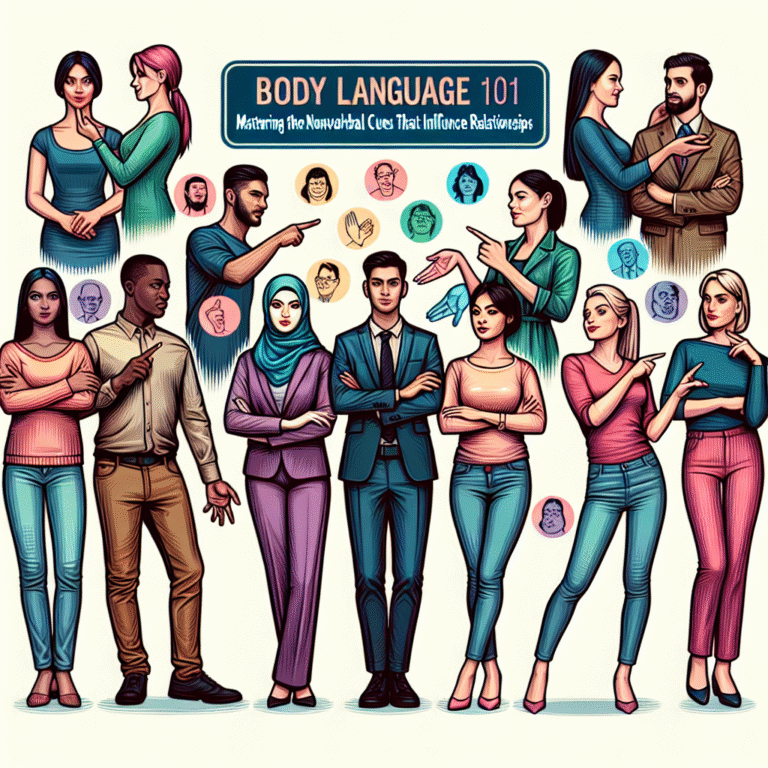
Introduction
In an age where information flows rapidly and attention spans dwindle, creating captivating content is more crucial than ever. The phrase “Feel free to adjust these based on the specific angle or focus of your articles!” resonates deeply with writers and content creators alike, emphasizing the importance of adaptability. Whether you’re a seasoned content marketer or just starting your writing journey, the ability to adjust your articles can elevate your work, engage your audience, and enhance your online presence.
As you delve into this ultimate guide, you will discover unique insights, proven strategies, and practical tips on how to refine your articles effectively. From understanding your target audience to leveraging data-driven techniques, each section will provide you with valuable points that you can adapt to fit your specific needs.
Understanding Your Audience
The Importance of Audience Analysis
Before crafting your articles, it’s vital to comprehend who your audience is. Knowing your readers’ preferences, interests, and pain points allows you to tailor your content effectively. This is where the phrase “Feel free to adjust these based on the specific angle or focus of your articles!” truly shines—as it encourages flexibility based on audience feedback and insights.
Case Study: BuzzFeed’s Audience Engagement
BuzzFeed has mastered the art of audience engagement through meticulous analysis. By frequently adjusting their content strategy based on analytics—like what articles are trending, which quizzes receive the most shares, and what topics provoke discussions—they have successfully kept their audience engaged.
Tools for Audience Analysis
Leverage tools like Google Analytics, social media insights, and surveys to understand your audience. Tables summarizing demographic data can be invaluable in this process.
| Tool | Purpose | Insight |
|---|---|---|
| Google Analytics | Track website traffic | Identify popular content and user behavior |
| Facebook Insights | Understand social media reach | Discover demographics and engagement rates |
| SurveyMonkey | Gather direct feedback | Get insights into audience preferences |
By utilizing these tools, you can refine your content and adjust your articles to fit the needs of your audience.
The Power of Headings and Subheadings
Crafting Compelling Headings
Your headings should include engaging keywords related to the main topic. The phrase “Feel free to adjust these based on the specific angle or focus of your articles!” can serve as an anchor for various subtopics. Compelling headings not only captivate readers but also improve SEO.
Using Subheadings Effectively
Subheadings help organize your content, making it easy for readers to scan and find what interests them. Make sure to include variations of your focus keyword within these sections to optimize for search engines.
Example:
- Understanding Your Audience
- Crafting Compelling Headings
- Adjusting Content for Different Platforms
Elements of Engaging Content
Storytelling: Your Secret Weapon
Integrate storytelling techniques into your articles. Stories not only engage readers but also help them connect emotionally with your content. When you “feel free to adjust these based on the specific angle or focus of your articles,” consider how anecdotes or case studies can illustrate your point.
Case Study: Airbnb’s Storytelling Approach
Airbnb uses storytelling to connect with its audience. Through user-generated content showcasing real experiences, they humanize their brand and resonate more with potential customers.
Utilizing Visual Elements
Incorporate visuals like images, infographics, and charts to break up large blocks of text. This not only improves readability but also emphasizes critical points in your articles.
Table: Visual Elements in Content
| Type of Visual | Purpose | Example of Use |
|---|---|---|
| Infographics | Simplify complex data | Summarizing statistics or processes |
| Images | Create emotional connections | Showcasing user experiences or testimonials |
| Charts | Present data clearly | Comparing statistics or trends |
SEO Strategies for Content
Keyword Usage: Finding the Balance
Integrate your primary keyword, “Feel free to adjust these based on the specific angle or focus of your articles!”, naturally throughout your content. Striking a balance between SEO and readability is crucial; overstuffing can lead to poor user experience.
Internal and External Linking
Link to relevant internal articles and reputable external sources. This strengthens your content’s credibility, provides additional value for readers, and enhances SEO.
Case Study: Content Marketing Institute
The Content Marketing Institute excels at internal linking, guiding readers through various pieces that enhance their understanding of content marketing.
Conclusion
In summary, effective content creation requires understanding your audience, crafting compelling headlines, utilizing engaging storytelling, and implementing powerful SEO strategies. The phrase “Feel free to adjust these based on the specific angle or focus of your articles!” serves as a vital reminder of the importance of flexibility in your content strategy.
When you adopt these principles, you’ll not only create captivating articles but also cultivate a loyal audience that values your insights. Now it’s time to take action—apply these strategies, adjust your articles, and watch as your content takes off!
FAQs
1. How often should I adjust my content?
You should adjust your content regularly based on analytics and audience feedback. A quarterly review can help identify what’s working and what needs improvement.
2. What tools can help with SEO?
Tools like SEMrush, Moz, and Yoast SEO can provide valuable insights into optimizing your content for search engines.
3. How can I make my headlines more engaging?
Use emotional triggers, pose questions, or include numbers to create compelling headlines that draw readers in.
4. What is the ideal length for a blog post?
While there’s no one-size-fits-all answer, a length of 1,500 to 2,500 words is often effective for depth and SEO.
5. How can I incorporate storytelling into my writing?
Start with personal anecdotes or relatable scenarios that illustrate your main points. This connects your brand with your audience on an emotional level.
By keeping these insights in mind, you can feel free to adjust these strategies based on the specific angle or focus of your articles, ensuring they not only engage but also inform your audience. Happy writing!
















